How to Add a Background to an SVG Image
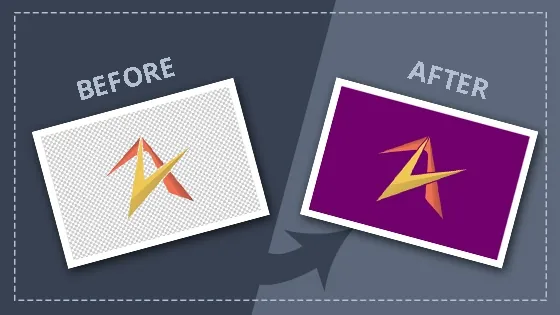
In the realm of vector graphics, SVG (Scalable Vector Graphics) stands as a versatile format that allows for stunning visuals while retaining their quality at any scale. However, there are times when you might want to enhance your SVG image further by adding a background. This tutorial will guide you through the process of seamlessly incorporating backgrounds into your SVG images using the powerful tools provided by VECPAD.
SVG, or Scalable Vector Graphics, is an XML-based vector image format used to represent two-dimensional graphics with support for interactivity and animation. SVG images are resolution-independent, making them perfect for a variety of applications such as logos, icons, and illustrations.
Adding a background to your SVG image can help emphasize its subject, enhance its overall aesthetics, or seamlessly integrate it into a webpage design. This tutorial will show you how to do this using VECPAD's intuitive SVG code editor.
Step 1: Accessing VECPAD's Real-time SVG Code Editor
To begin, head over to the VECPAD website and navigate to the SVG code editor. This editor provides a real-time preview feature, allowing you to witness your modifications as you make them. With built-in autocomplete and auto suggestions, crafting your SVG codes becomes a breeze. The best part? VECPAD's SVG code editor is free, user-friendly, and compatible with both desktop and mobile devices.
Step 2: Importing Your SVG Image
Click the Import SVG button within VECPAD's SVG code editor >. This function enables you to seamlessly upload your SVG image from your PC or mobile device.
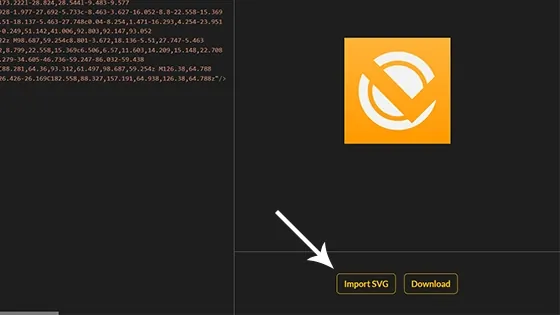
Step 3: Adding the Background 'rect' Element
The next step involves inserting a 'rect' SVG element, which will serve as your background. This element should be positioned at the top-left corner and span the entire width and height of your SVG. The following SVG code snippet demonstrates this:
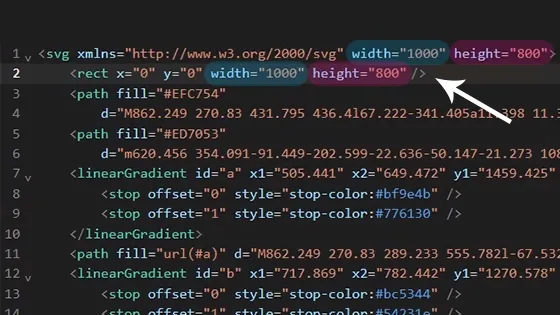
Step 4: Choosing the Background Color
Now, it's time to decide on the color of your background. VECPAD allows you to either use HTML color names or pick a custom color using an RGB hex value. For HTML color names, simply set the 'fill' attribute of the 'rect' element with a color name like 'blue' or 'green'.
Alternatively, access the color picker from the top right-hand corner of the editor, select your preferred color, click 'Copy Color,' and set the 'fill' attribute to the copied hex value.
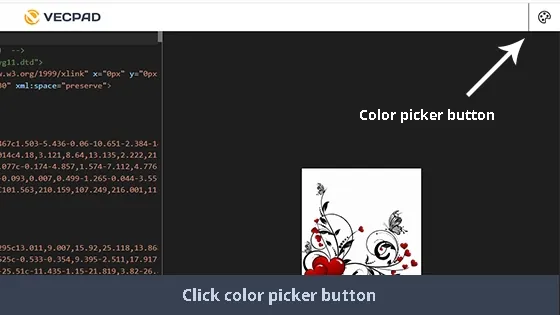
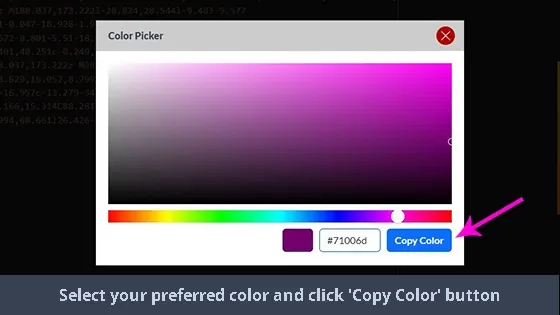
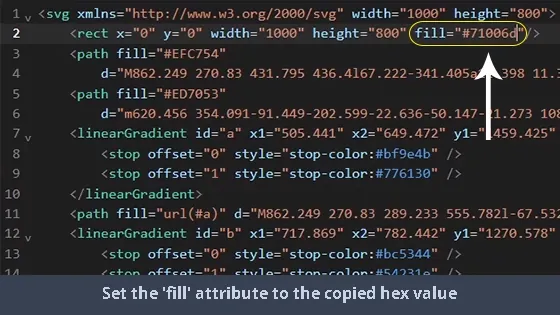
Step 5: Downloading Your Enhanced SVG Image
After you've successfully added your background, it's time to save your creation. VECPAD's SVG code editor offers multiple format options such as SVG, JPG, PNG, and WEBP. To download your output file, click the Download button and choose your desired format.
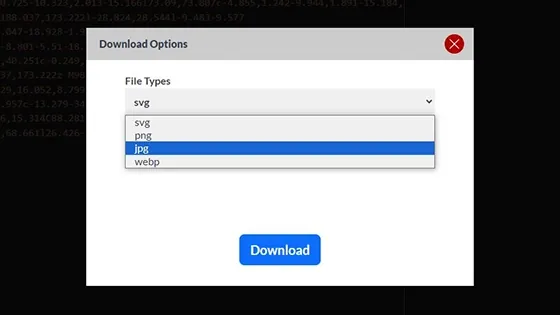
Step 6: Further Assistance
If you prefer a visual walkthrough of this process, check out our comprehensive YouTube tutorial
Incorporating a background into your SVG images can transform them from mere illustrations into captivating visuals that seamlessly fit into various design contexts. With VECPAD's user-friendly SVG code editor, the process becomes both accessible and enjoyable. Follow the steps outlined in this tutorial to effortlessly add backgrounds to your SVG images and take your design game to the next level.